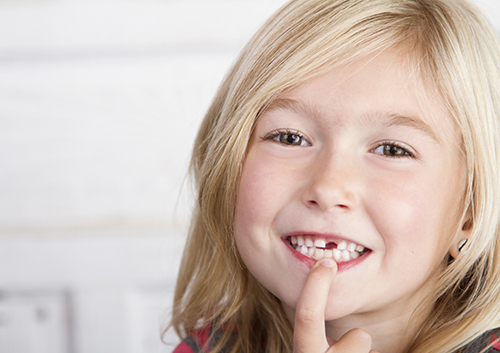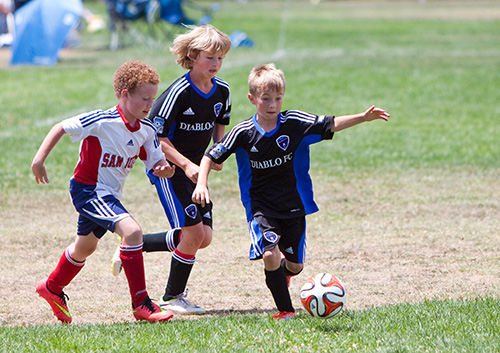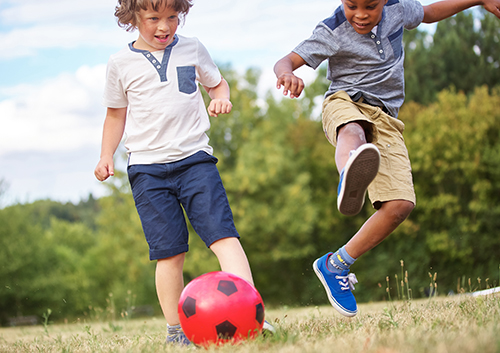Losing a Baby Tooth
July 27th, 2023

It seems like yesterday. There you were, comforting your baby through sleepless nights, soothing her with a dentist-approved teether, celebrating as that first tiny tooth poked through her gums. And now here she is running to show you that same tooth, wiggly, loose, and almost ready for the Tooth Fairy. Now what?
Be Prepared
Children normally lose that first tooth somewhere around the age of six, but a year or two earlier or later is not uncommon. If you ever took a business class, you might have heard of the inventory method called “First In, First Out.” Baby teeth operate much the same way! The two bottom front teeth, followed by the two upper front teeth, will probably be the first teeth your child loses. Once you notice some wiggling, let your child know what is going on and reassure her that it is a normal part of growing up.
What to Expect with that First Loose Tooth
Normally, baby teeth become loose when the pressure from the permanent tooth below gradually breaks down the roots of the primary tooth. If your child has a loose tooth, encourage him to wiggle, not pull. Typically, gentle wiggling is all that is needed to free a tooth that has lost most of its root and is ready to be replaced. Avoid pulling or forcing the tooth, because that can cause injury to the root area if the baby tooth isn’t ready to come out. Call our Katy office if you have any questions about loose teeth. Drs. Hollenberg and Ko and our team also have suggestions if the baby teeth don’t become loose on schedule, or if they stubbornly remain in place even after the adult teeth have started to show up. One important note—if your child ever loses a tooth through accident or injury, call us at once. We might need to provide a spacer to give your child’s permanent teeth the proper time and space to come in.
Celebrate this Milestone with Your Child
The arrival of the Tooth Fairy is a familiar way to mark the occasion, and she can leave your child a note, a small gift, even a brand new toothbrush. Or explore other options!
If your child is fascinated by stories and traditions, learn about El Ratón Pérez (Perez the Mouse), a familiar tooth-collector in many Spanish speaking countries, or his French cousin, La Petite Souris (the Little Mouse). In other parts of Europe, Asia and Africa, children throw teeth on the roof, drop them in a glass of water, or hide them in a slipper. This is a great opportunity for you and your child to explore the world!
If your child likes science, look into books that explain the biology of baby and adult teeth in an age-appropriate way. You could print a chart of the primary teeth and take notes on each lost tooth as it makes way for the permanent tooth below. Or track her progress with photos showing the baby tooth, the gap left by the tooth, and the adult tooth as it comes in.
Losing that first tooth is an important moment for your child—and for you. Be prepared to celebrate another milestone together, and always feel free to talk to Drs. Hollenberg and Ko if you have any questions about this new stage in your child’s life.





